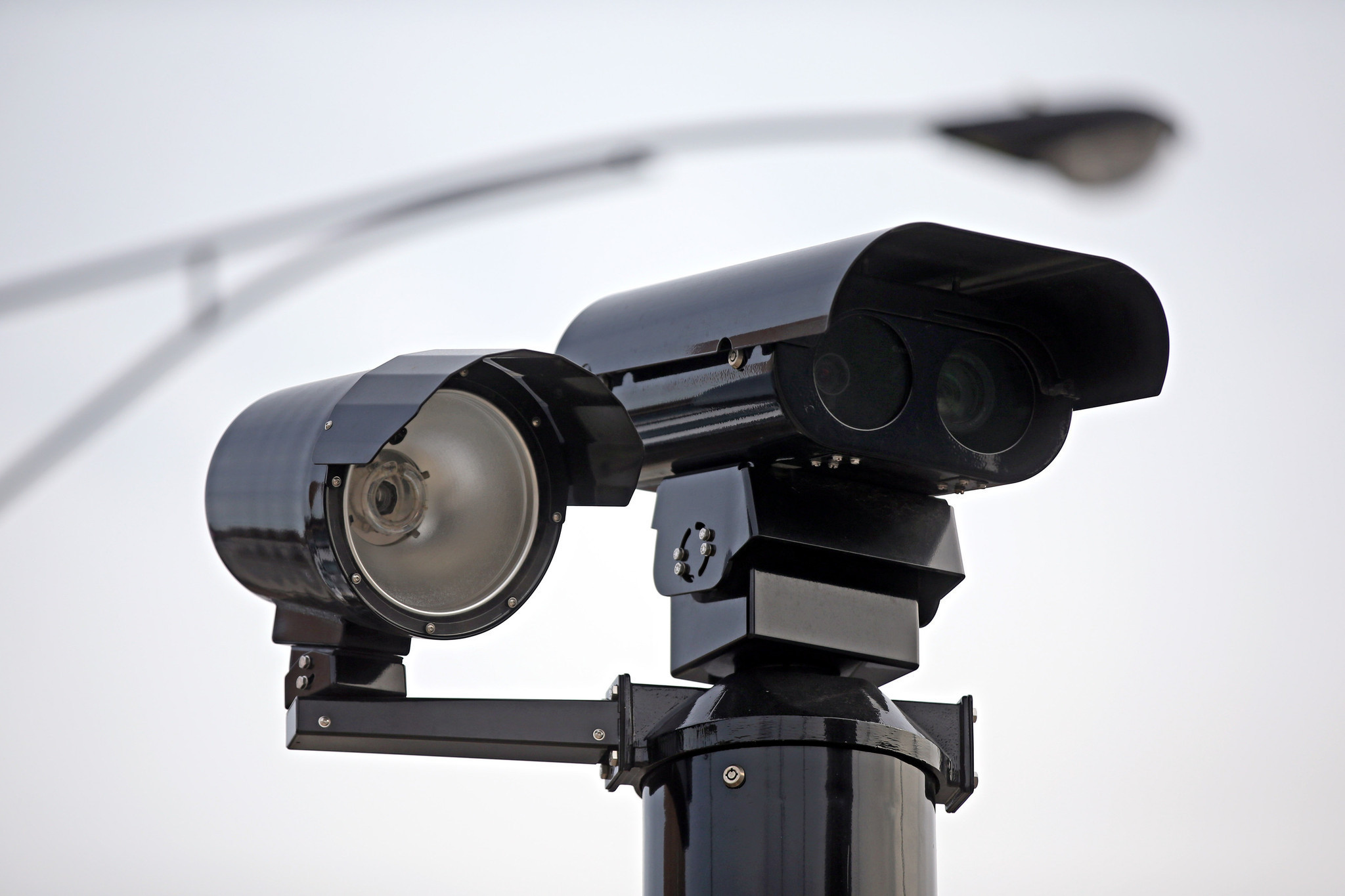
Florida communities could gain a new tool to curb dangerous driving in school safety zones through bipartisan legislation moving through both chambers of the Florida Legislature.
Republican Sen. Ana Marie Rodriguez and Democratic Rep. Nicholas Duran of Miami recently filed twin bills to allow radar detection devices for school speed zone enforcement. The devices would target speeders traveling 10 mph or more over the posted limit, capturing photos or videos of vehicles at the time of the violation.
Duran said he has grown “ever more frustrated” while dropping his two children off at elementary school and seeing an increasing number of drivers rushing through school zones. This legislation, he said, “seeks to take on this reality” and reverse its course with available technology.
“Leveraging technology to ensure better enforcement of school zones in Florida will save lives, increase adherence to the speed laws and help with police officer capacity in our communities,” he said.
Per the legislation, the speed detection system would operate on school days, beginning one hour before, during the entirety of, and one hour after regularly scheduled school sessions.
A county or municipality can also install or contract with a vendor to install speed detection systems within 1,000 feet of a school zone to enforce speed limits. That includes on state roads “when permitted” by the Florida Department of Transportation and county- or municipality-controlled streets or highways following FDOT placement and installation specifications.
A county or municipality choosing to install a speed detection system would have to install signage notifying the public of a system’s use, capabilities and doubling speeding fines within school zones.
If the system is installed in a county or municipality that has never conducted such a program, it must make a public announcement and conduct a public awareness campaign on the proposed use of speed detection systems at least 30 days before beginning enforcement. During those 30 days, drivers flagged by speed detection systems for a violation would be issued a warning and not be liable for civil penalties.
Duran was the first to file the legislation in the House on Sept. 24. House Bill 189 is now in the Criminal Justice and Public Safety Committee.
Rodriguez filed its Senate companion (SB 410) on Oct. 6. Within a week, it was referred to the Education Committee, Appropriations Committee, and Appropriations Subcommittee on Transportation, Tourism and Economic Development.
Rodriguez said Florida’s school safety zones rank among the most dangerous nationwide.
“We need to do a better job of ensuring students walking to school are safe and not threatened by dangerous, reckless drivers,” she said. “SB 410 is an effective and low-cost way to save lives and prevent serious injury while providing our law enforcement with another tool for their toolbox to better protect our kids.”
Within 30 days after a recorded violation, the registered owner of the motor vehicle involved must be notified by first-class mail. If two or more people are registered as owning the vehicle, the bills say, the citation would be sent to the first name appearing on the registration.
The notification must specify the infraction and the remedies available under state law. The vehicle owner would then have to respond accordingly within 30 days after the date of the notification to avoid court fees, costs and the issuance of a traffic citation.
The vehicle owner would have the right to review, in person or remotely, photographic and/or video evidence of the infraction and any evidence of the speed of the vehicle as measured by a speed detection system.
They may then request a hearing within 30 days after notification of the violation or pay the penalty.
Of fines collected using a speed detection system, $84 would be retained by the county or municipality for the operation and maintenance of the system and other public safety initiatives, $60 would go into the state General Revenue Fund, $6 would be remitted to the local public school district (including charter schools) for school security initiatives and to improve the safety of student walking conditions, and $4 would go into the Department of Law Enforcement Criminal Justice Standards and Training Trust Fund.
Another $4 would go to the Coach Aaron Feis Guardian Program, established in 2018 after the shooting at Marjory Stoneman Douglas High School, and funds the placement of “armed personnel who aid in the prevention or abatement of active assailant incidents on school premises.”
Any speed detection system installed would have to self-test its detection accuracy at least once monthly. Law enforcement agencies or agencies acting on their behalf must maintain a log of the self-test results and perform independent calibration tests on the systems at least once a year. All self-test logs and the results of annual calibration tests would be admissible in any relevant court proceeding.
A significant amount of police hours are needed to meet school zone speed zone enforcement needs, as evidenced by “Operation School Zone Safety,” a 2019 initiative the Florida Sheriff’s Association conducted across 40 counties to increase patrolling after spring break.
The weeklong program resulted in 4,040 warnings and 2,819 traffic citations — at the cost of nearly 5,300 police hours.
Daytona Beach Shores Police Chief Stephan Dembinsky, president and director of the Florida Police Chiefs Association, said Duran and Rodriguez’s legislation would give police and schools a simple, effective and overdue solution to an urgent problem.
“We’ve seen success from this tool in other states, and it’s time we implement it here in Florida,” he said.
Florida ranked 50th among all U.S. states and Washington, D.C., for dangerous driving around schools in a 2018 study by Zendrive, which operates a “Mobility Risk Intelligence” platform that uses data gathered from mobile phones to predict driving behavior.
Like Duran, Miami-Dade County Public Schools Superintendent Alberto Carvalho said he too has seen drivers zip through school zones at the potential peril of those on foot.
This legislation, he said, “represents an innovative use of technology to improve pedestrian and vehicular safety around schools.”



